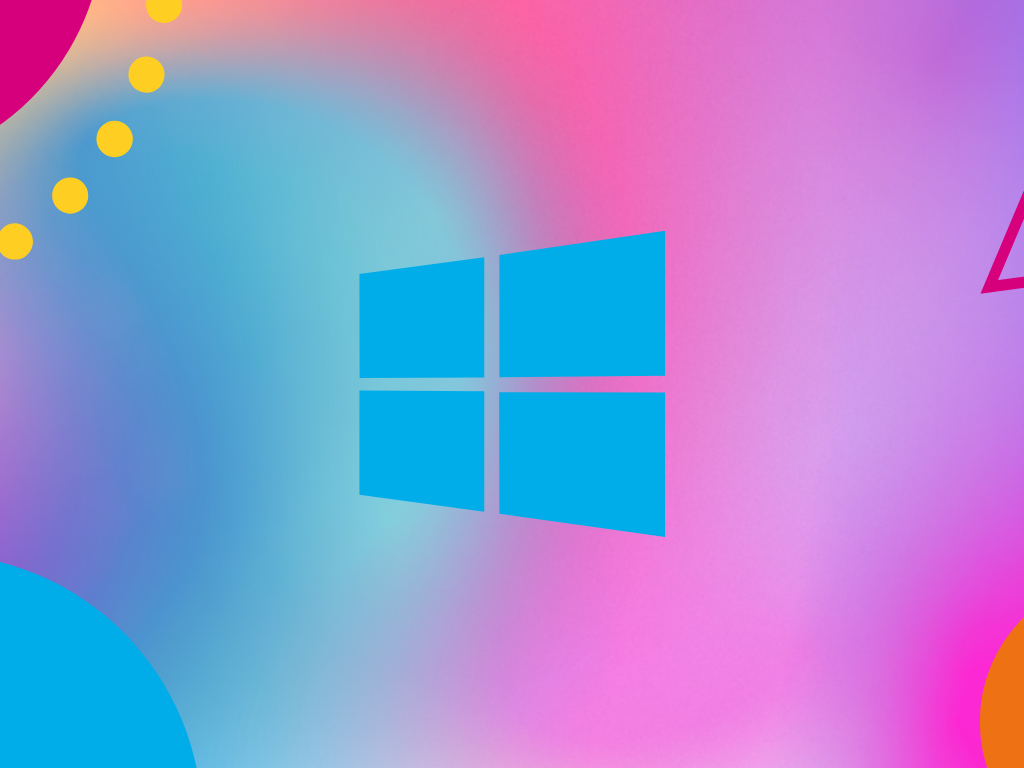Introduction: Why Upgrade to Windows 11?
Windows 11 represents a significant leap forward in Microsoft’s operating system evolution. It offers enhanced security features, a refreshed user interface, and improved performance. For businesses, the upgrade can mean better productivity tools, stronger cybersecurity measures, and a more modern computing environment.
As Windows 10 approaches its end of life on October 14th 2025, upgrading to Windows 11 ensures continued support and security updates from Microsoft.
Windows 11 System Requirements
Before initiating the upgrade process, it’s crucial to ensure your system meets the minimum requirements for Windows 11:
-
- Processor: 1 gigahertz (GHz) or faster with two or more cores on a compatible 64-bit processor or System on a Chip (SoC)
-
- Memory: 4 GB RAM or greater (we recommend at least 8GB)
-
- Storage: 64 GB or larger storage device (such as a hard drive or SSD) (we recommend 256 GB)
-
- System firmware: UEFI, Secure Boot capable
-
- TPM: Trusted Platform Module (TPM) version 2.0
-
- Graphics card: DirectX 12 compatible graphics / WDDM 2.x
-
- Display: High definition (720p) display, 9″ or greater monitor, 8 bits per color channel
Additionally, Windows 11 requires an internet connection and a Microsoft account to perform some setup steps, download and use some features.
Preparing for Upgrading from Windows 10 to Windows 11: Backup and Compatibility Checks
Before proceeding with the upgrade, take these preparatory steps:
-
- Back up your data: Create a full backup of your important files and system settings.
-
- Check compatibility: Use the PC Health Check app to verify if your device meets Windows 11 requirements.
-
- Update Windows 10: Ensure your current Windows 10 installation is up to date (version 2004 or later).
-
- Free up space: Ensure you have at least 64 GB of free storage space.
-
- Charge your device: If you’re using a laptop, make sure it’s plugged in throughout the upgrade process.
Step-by-Step Upgrade Process
-
- Open Windows Update: Go to Settings > Update & Security > Windows Update.
-
- Check for updates: Click “Check for updates” to see if Windows 11 is available.
-
- Download and install: If available, you’ll see an option to download and install Windows 11.
-
- Follow the prompts: The installation wizard will guide you through the process.
-
- Wait for the upgrade: The upgrade process may take several hours. Your PC will restart several times.
Common Issues and How to Resolve Them
-
- Compatibility issues: If your PC doesn’t meet requirements, consider upgrading hardware or staying with Windows 10 until 2025.
-
- Installation errors: Try running the Windows Update Troubleshooter or performing a clean install using the Media Creation Tool.
-
- Driver problems: Update all drivers after the upgrade. Use Windows Update or manufacturer websites.
-
- Application compatibility: Some older applications may not work. Check with software vendors for Windows 11 compatibility.
Post-Upgrade Optimisation Tips
-
- Update drivers: Ensure all device drivers are up to date for optimal performance.
-
- Customise settings: Explore new Windows 11 features and customise to your preferences.
-
- Remove unnecessary files: Use Disk Cleanup to remove temporary files and the Windows.old folder.
-
- Remove unnecessary programs: Uninstall non required programs.
-
- Check startup programs: Manage startup applications to improve boot time.
-
- Run security scan: Perform a full system scan with Windows Security.
How Bondgate IT Can Manage Your Upgrade Process
Bondgate IT offers comprehensive support for businesses upgrading to Windows 11:
-
- Compatibility assessment: We’ll evaluate your current IT infrastructure for Windows 11 readiness.
-
- Upgrade planning: We’ll create a tailored upgrade strategy to minimise disruption.
-
- Data backup: We ensure all critical data is securely backed up before the upgrade.
-
- Managed upgrades: We can perform the upgrades outside of business hours to reduce downtime.
-
- Post-upgrade support: We provide training on new features and resolve any post-upgrade issues.
-
- Ongoing maintenance: We offer continuous support to keep your systems optimised and secure.
Embracing the Future by upgrading from Windows 10 to Windows 11
Upgrading to Windows 11 is more than just a system update; it’s a step towards a more secure, efficient, and modern computing environment. While the process may seem daunting, proper preparation and expert support can ensure a smooth transition. By upgrading now, you’re not only gaining access to new features and improvements but also ensuring long-term support and security for your business IT infrastructure.
Remember, Windows 10 support ends in 2025, so starting your upgrade journey now allows ample time for a carefully planned and executed transition. With Bondgate IT’s expertise, you can confidently embrace the future of Windows and all the benefits it brings to your business.
